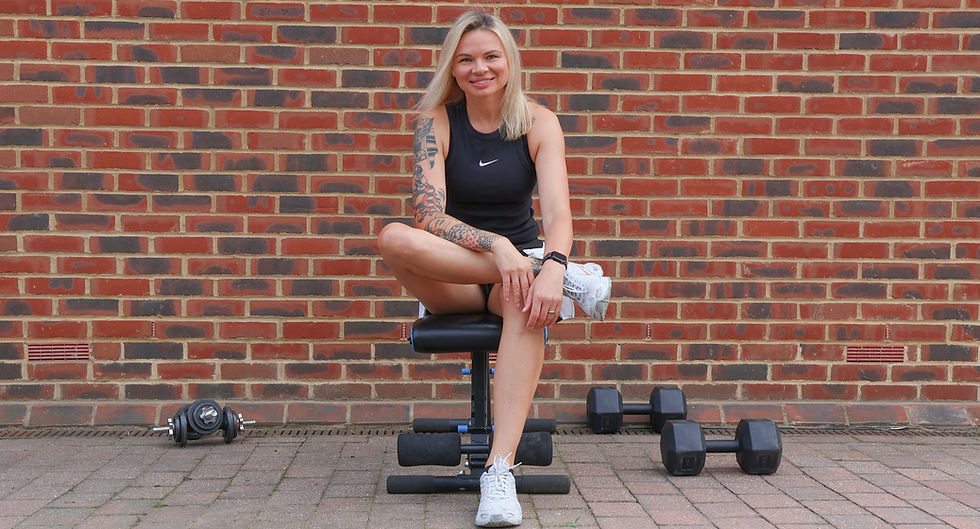Three things you can do today to fight fatigue
- Jo Leccacorvi

- Nov 20, 2021
- 3 min read
There could be any number of reasons why you’re feeling tired. Stress, kids waking you up, light sleeping patterns, or life just might be making you feel really frazzled right now.

When we’re tired it can feel ‘easier’ to grab a coffee and a sugar laden snack. This may give you an instant lift, but it is short lived and may start a roller coaster cycle where you find yourself experiencing energy crashes and ultimately feeling more fatigued and irritable than you did before.
The science behind it
When we eat, food is digested and broken down into sugars. The sugar is then absorbed into the blood stream and used by the cells in our body for energy. Insulin is the hormone that allows your body to use sugar (glucose) from carbohydrates for energy, or to store glucose for future use. Insulin is often described as a “key,” which unlocks the cell to allow sugar to enter and be used for energy. After you eat, your blood sugar levels rise, your cells are signalled to release insulin into your bloodstream and insulin tells your body to absorb sugar from the bloodstream.
So the key to long-lasting energy may be to control your blood sugar levels. This may avoid those energy highs and lows and keep you out of that cycle of eating sugary snacks and a short lived energy boost. But exactly how do you do that?
There are three actions you can take today to help you balance your blood sugar levels
1. Eat the right type of carbohydrates
Carbs are not ‘bad’ for us and we do need to include them in our diets, but it is important to eat the right type. Carbohydrates can be classified as ‘whole’ or ‘refined’. Whole carbohydrates are considered to be unprocessed, these include: vegetables, whole fruit, legumes, and whole grains, such as oats. Refined carbohydrates include sugar-sweetened or sweetener-sweetened beverages, white bread, white pasta, and white rice.
Refined carbohydrates can have an impact on blood sugar levels. They are digested very quickly and absorbed into the bloodstream, causing a sharp rise in blood sugar levels followed by a quick drop. This may drive those feelings of hunger, food cravings which may lead to fluctuating energy levels. Whole carbohydrates are slow releasing and may help sustain our energy levels.
2. Include protein and fat with your meals
Make sure you are including a source of protein with each meal. Protein takes longer to digest, so this may help balance blood sugar levels by reducing a blood sugar spike and keep your energy levels stable. As well as reducing blood sugar spikes, protein can also leave us feeling full and satisfied.
It is important to include a small amount of healthy fats in our diet. These come from nuts, seeds, eggs, extra virgin olive oil, avocados, meat and fish, especially oily fish such as salmon or mackerel. Compared to unhealthy processed fats, healthy fats help us feel satiated. They help with our energy levels by keeping us alert and focused.
3. Eat more fibre Fibre is a form of carbohydrate and is obtained from fruit and vegetables. The fibre found in fruit and vegetables is known as soluble fibre. And the fibre from whole grains, nuts and seeds is called insoluble fibre. Fibre is associated with many health benefits and can aid digestion and helps us feel full.
Fibre may also help us balance our blood sugar levels. Soluble fibre may slow down the absorption of sugar. This means our blood sugar levels are stable and helps maintain our energy levels over the course of the day.
Put steps 1, 2 and 3 together in one meal and you’ve got long lasting energy for the whole day! Perfect. Here’s one of my favourite easy recipes that gets its carbs from oats, protein from protein powder and fibre and healthy fats from fruit and seeds. It’s also really rather delicious. Enjoy!




Comments